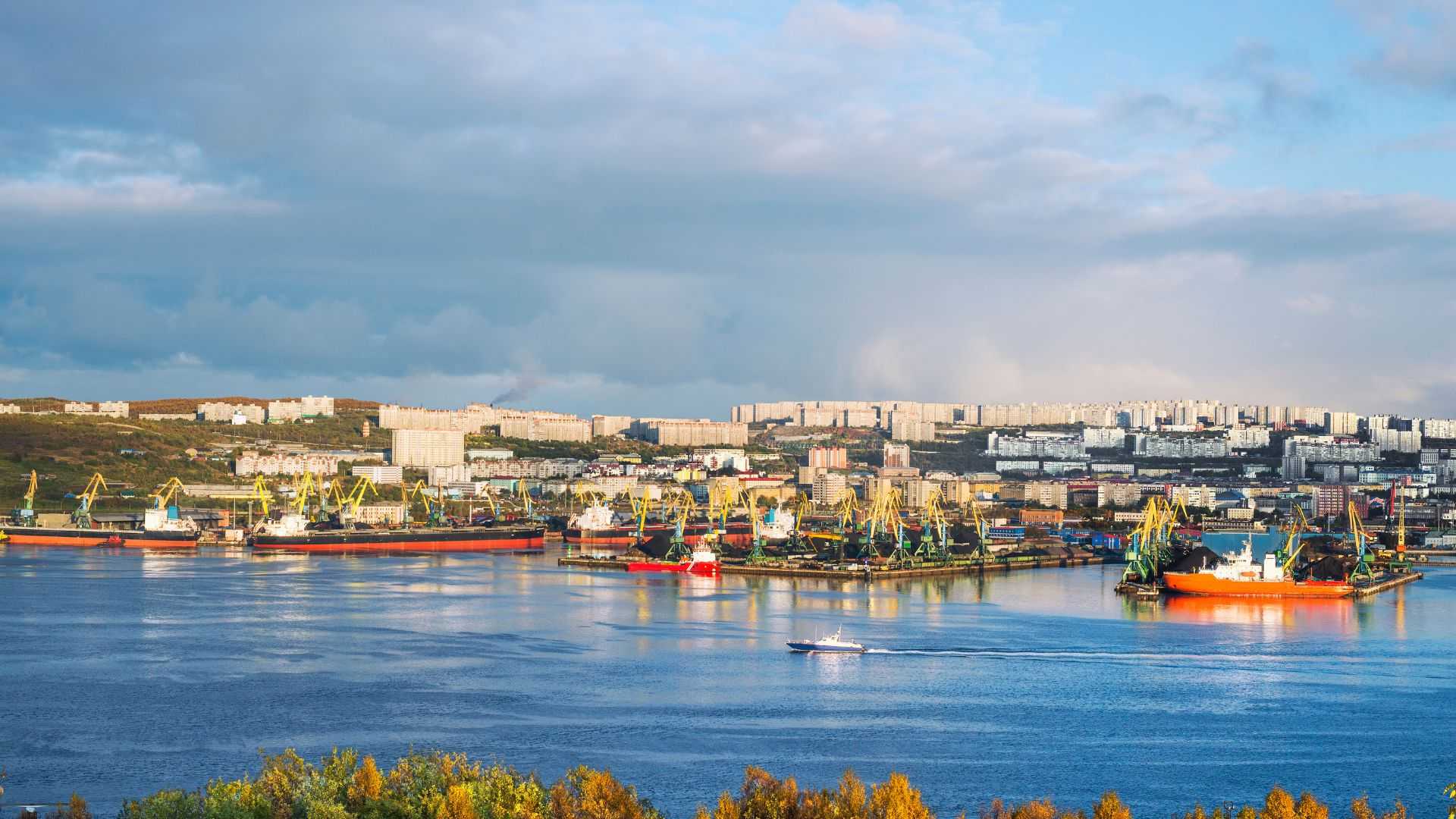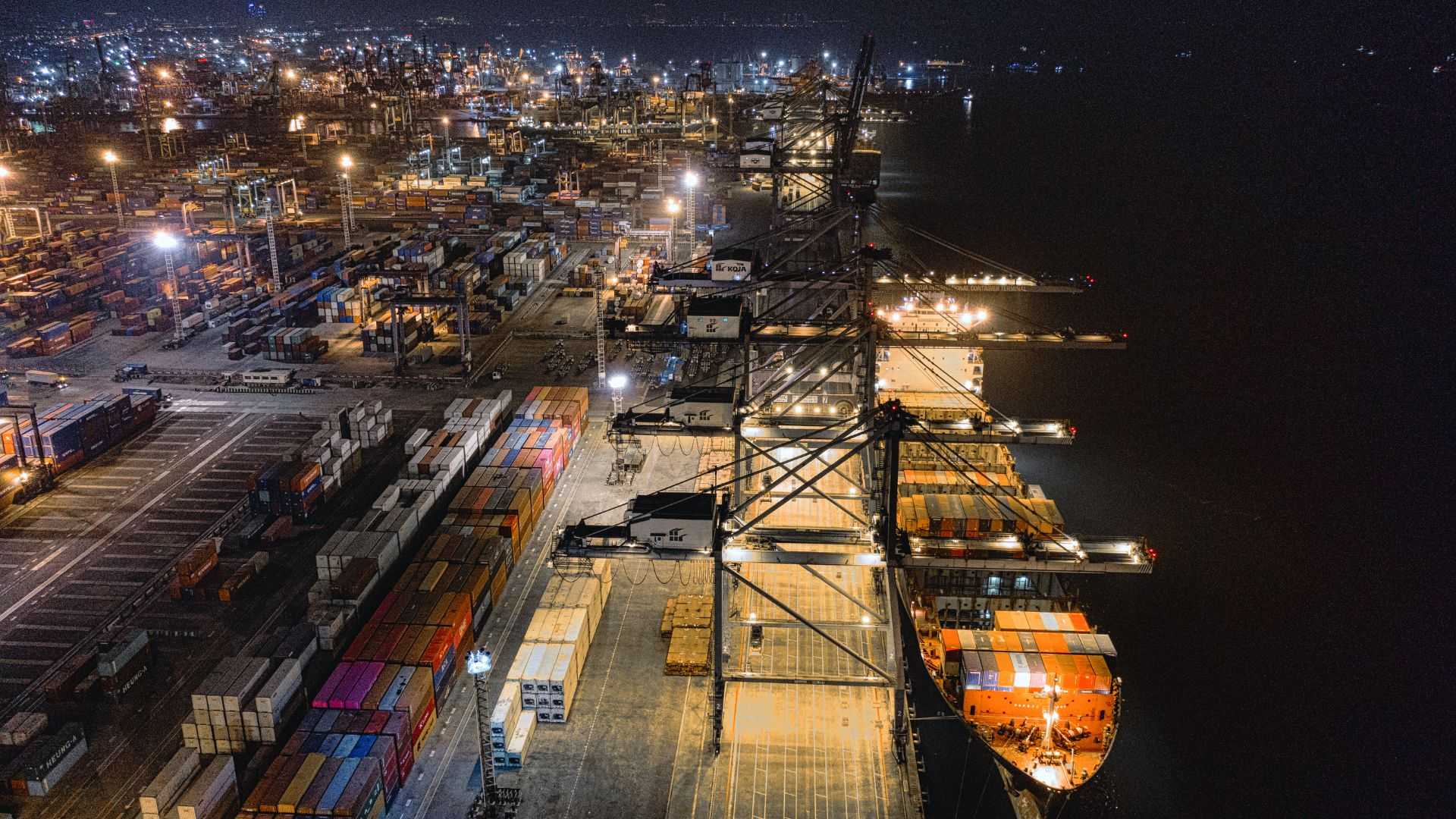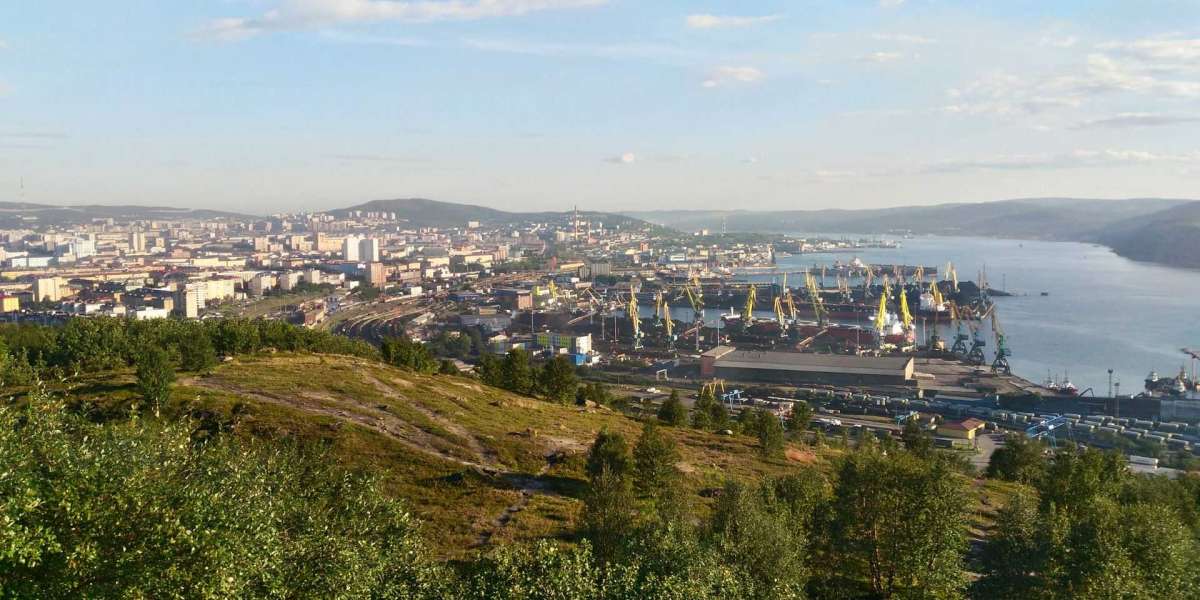Imagine a gateway to the frozen north, where trade and commerce opportunities meet the Arctic's raw beauty. Murmansk Port, located in northwest Russia, serves as this crucial gateway. But why is this port so significant? Its strategic location, year-round navigability, and vital role in connecting global trade routes have positioned it as a linchpin for Arctic commerce.
The Strategic Importance of Murmansk Port
Location: The Key to Arctic Trade
Murmansk Port's location on the Kola Peninsula provides unmatched access to the Arctic Ocean. This strategic placement allows it to be a hub for goods traveling between Europe, Asia, and North America. Additionally, its proximity to the Northern Sea Route (NSR) reduces shipping times significantly, offering an alternative to the traditional Suez Canal route.
Year-Round Ice-Free Operations
Unlike many Arctic ports, Murmansk remains ice-free throughout the year, thanks to the warming effects of the North Atlantic Current. This unique feature ensures uninterrupted trade, even during the harshest winters, making it a reliable choice for regional businesses.
Infrastructure and Capabilities at Murmansk Port

Advanced Shipping Facilities
Murmansk Port boasts state-of-the-art facilities capable of handling a wide range of cargo, from oil and gas to minerals and consumer goods. Its deep-water berths accommodate large vessels, including tankers and container ships, further solidifying its importance in Arctic trade.
Support for Arctic Exploration
The port also serves as a base for Arctic research and exploration missions. With growing interest in the Arctic's untapped resources, Murmansk is well-equipped to support these initiatives, providing fuel, logistics, and repair services to icebreakers and research vessels.
How Murmansk Port Strengthens Global Trade
Bridging East and West
Murmansk Port is a critical link between the East and the West, connecting Russian industries to international markets. Its efficient logistics networks make it an essential component of global supply chains, particularly in energy exports.
A Boost to the Northern Sea Route
As climate change makes the Northern Sea Route more accessible, Murmansk Port plays a pivotal role in supporting this emerging trade corridor. The port acts as a gateway for vessels navigating the NSR, helping reduce transit times and fuel consumption for international shipping companies.
Environmental and Economic Impacts
Promoting Sustainable Shipping
Murmansk Port has embraced environmentally friendly practices to mitigate its ecological footprint. From adopting cleaner fuels to supporting green shipping technologies, the port is working to balance trade growth with sustainability.
Driving Regional Development
The port boosts local businesses and creates jobs. It also attracts investments in infrastructure and technology, fostering long-term economic growth in the Arctic region.
Challenges and the Future of Murmansk Port

Overcoming Harsh Conditions
While Murmansk Port offers numerous advantages, operating in the Arctic region has challenges. Extreme weather conditions, limited infrastructure in surrounding areas, and environmental concerns require innovative solutions and careful planning.
Despite these challenges, Murmansk Port's future looks promising. With increasing global interest in Arctic trade and advancements in shipping technology, the port is poised to play an even more significant role in facilitating international commerce. Investments in expanding its facilities and upgrading its infrastructure further solidify its position as a critical hub for Arctic trade.
FAQs About Murmansk Port
1. Why is Murmansk Port significant for Arctic trade?
Murmansk Port is strategically located near the Arctic Ocean. Since it doesn't freeze overall year, it's a stable center for international trade and a major player in Arctic business.
2. How does Murmansk Port support the Northern Sea Route?
Murmansk Port is a gateway for vessels navigating the Northern Sea Route, reducing shipping times between Europe and Asia and supporting Arctic logistics.
3. What types of cargo does Murmansk Port handle?
The port handles various goods, such as oil, gas, minerals, and market goods. It also has modern facilities for big ships and container ships.
4. How does Murmansk Port contribute to sustainable shipping?
Murmansk Port adopts green technologies, such as cleaner fuels and environmentally friendly practices, to balance trade growth with sustainability.
5. What challenges does Murmansk Port face?
Operating in the Arctic brings challenges like extreme weather and environmental concerns. Still, ongoing investments in infrastructure help overcome these hurdles.














